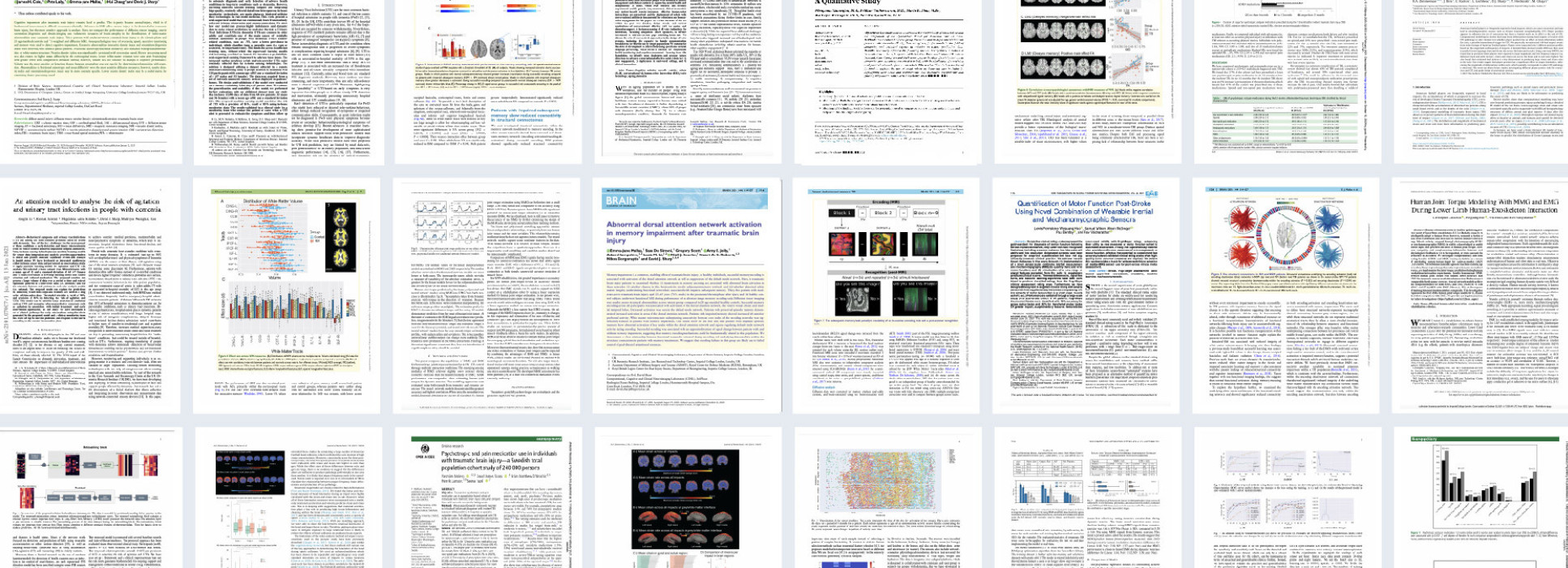BibTex format
@article{Graham:2019:10.1136/jnnp-2017-317557,
author = {Graham, NSN and Sharp, DJ},
doi = {10.1136/jnnp-2017-317557},
journal = {Journal of Neurology, Neurosurgery & Psychiatry},
title = {Understanding neurodegeneration after traumatic brain injury: from mechanisms to clinical trials in dementia},
url = {http://dx.doi.org/10.1136/jnnp-2017-317557},
volume = {90},
year = {2019}
}




